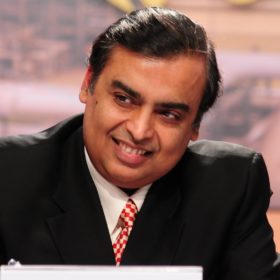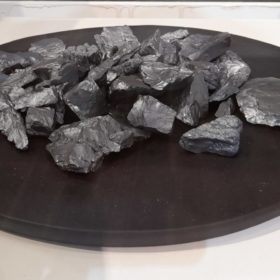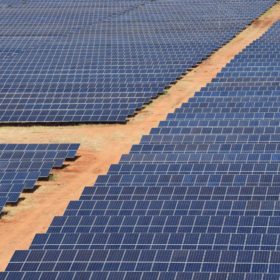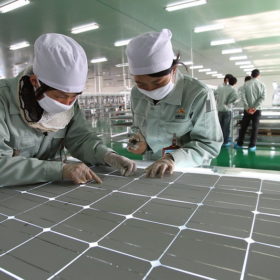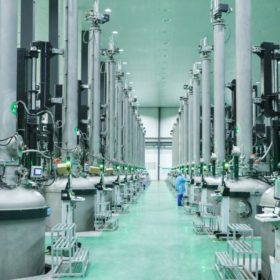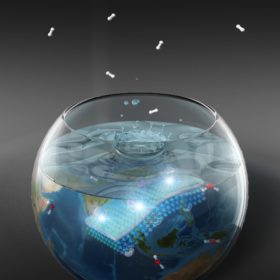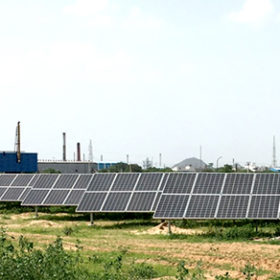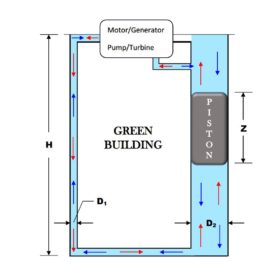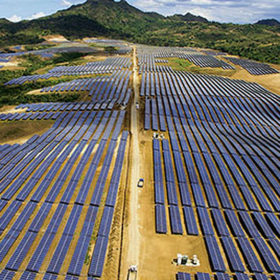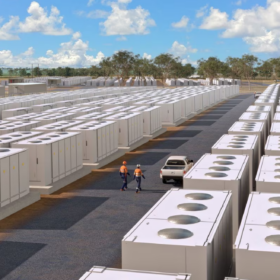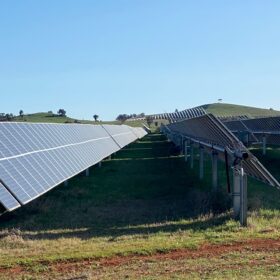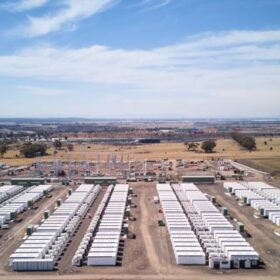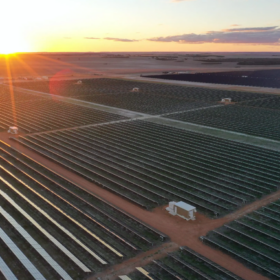Polysilicon price relief in 2023 as industry scales to 500 GW
Clean Energy Associates says solar wafer pricing will fall by 23% by the end of 2023, while BloombergNEF sees 500 GW of manufacturing capacity online by the end of next year.
India’s Reliance Industries presents scaled-up solar, battery ambitions
Reliance Industries says that production will begin at its 10 GW factory for solar cells and modules by 2024. It plans to double the facility’s capacity to 20 GW by 2026 and is aiming for 50 GWh of annual cell-to-pack battery capacity by 2027.
Polysilicon price reaches new high at $66/kg, government takes action
Average polysilicon prices hit CNY 312 (AU$65.8)/kg this week, according to an industry association in China. The nation’s Ministry of Industry and Information Technology, the State Administration for Market Regulation, and the National Energy Administration have also asked regional authorities to take action to deal with the price increase.
$7.2 billion investment in green hydrogen, ammonia plant in India from Avaada
Ravi Verma, senior executive vice president of Avaada, told pv magazine the group will invest US$5 billion (AU$7.18 billion) in an integrated green hydrogen and ammonia plant with 6 GW of captive renewables capacity. The green ammonia facility will have a production capacity of 1 million tonnes per year.
Polysilicon-to-solar module gigafab in planning for India
State-owned NHPC and Bharat Electronics Ltd will leverage their complementary strengths to set up a gigawatt-scale vertically integrated solar manufacturing unit.
Chinese power rationing affects solar module production
China installed 37.73 GW of solar in the first seven months of this year, according to official estimates. JinkoSolar said it is struggling to cope with power rationing in Sichuan province, while Shunfeng said it expects to record a hefty net loss for the first half.
Dye-sensitised photocatalyst promises most efficient solar water splitting to date
Japanese researchers have developed a new way to improve water splitting, while South Korea has completed its largest hydrogen production complex. Scotland and England have announced new hydrogen investments, and Uzbekistan and Saudi Arabia’s ACWA Power have agreed to collaborate on hydrogen projects.
India installed 1.9 GW of ‘open-access’ renewables in FY 2021-22
India has surpassed 10 GW of overall renewables capacity installed for offtake through open access.
PV with gravity storage, redox flow batteries in buildings
Indian researchers have developed a new hybrid system featuring a conventional rooftop PV system, a solar tree, two gravity power modules for building (GPMBs), and a vanadium redox flow battery (VRFB), with power exclusively provided by the two solar installations.
Solar Philippines to build 4 GW solar farm in Nueva Ecija, Bulacan provinces
Solar Philippines, a Manila-based PV module manufacturer and project developer, is looking to secure at least 2,500 hectares of land to expand its 500 MW flagship solar project to 4 GW.
